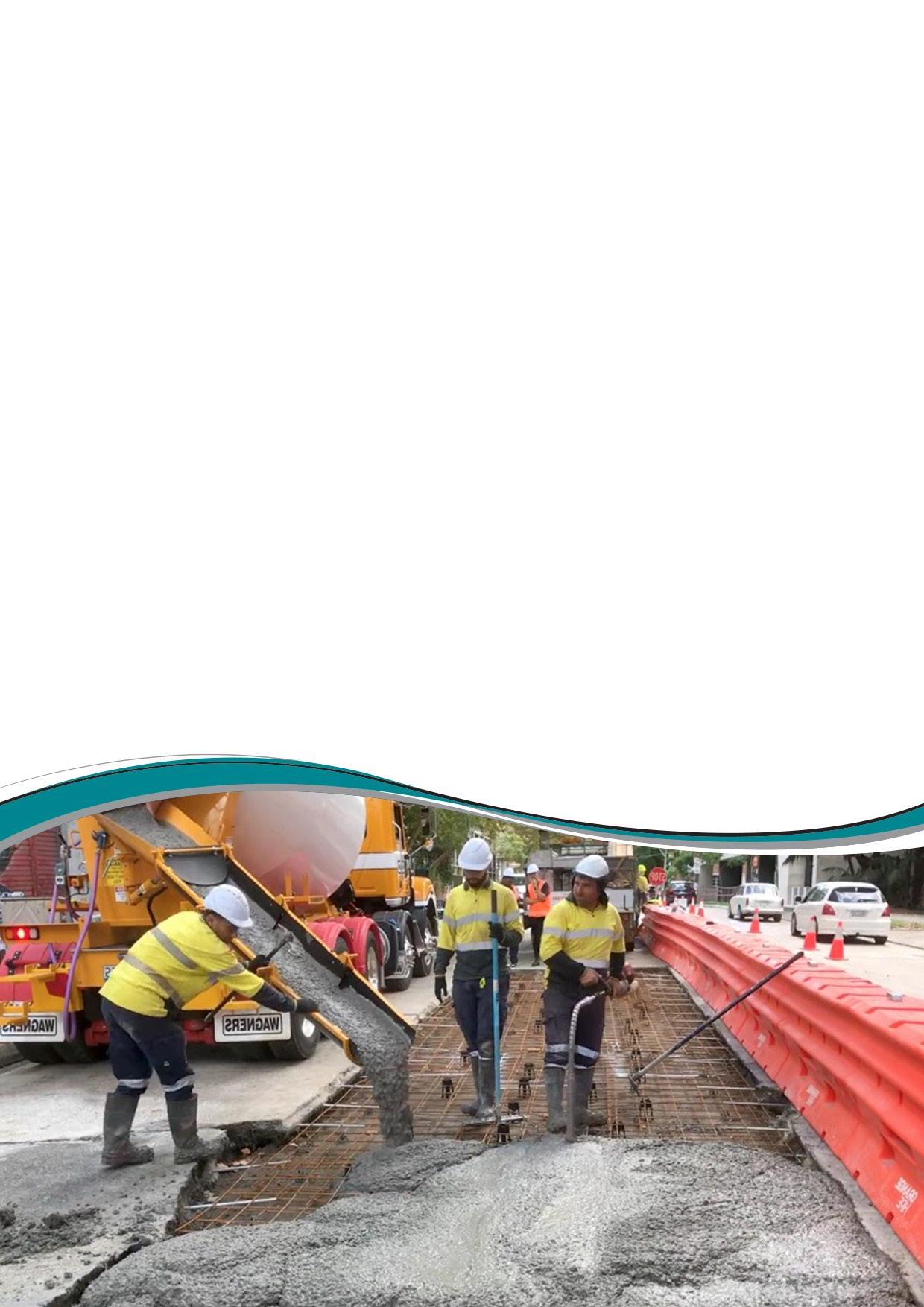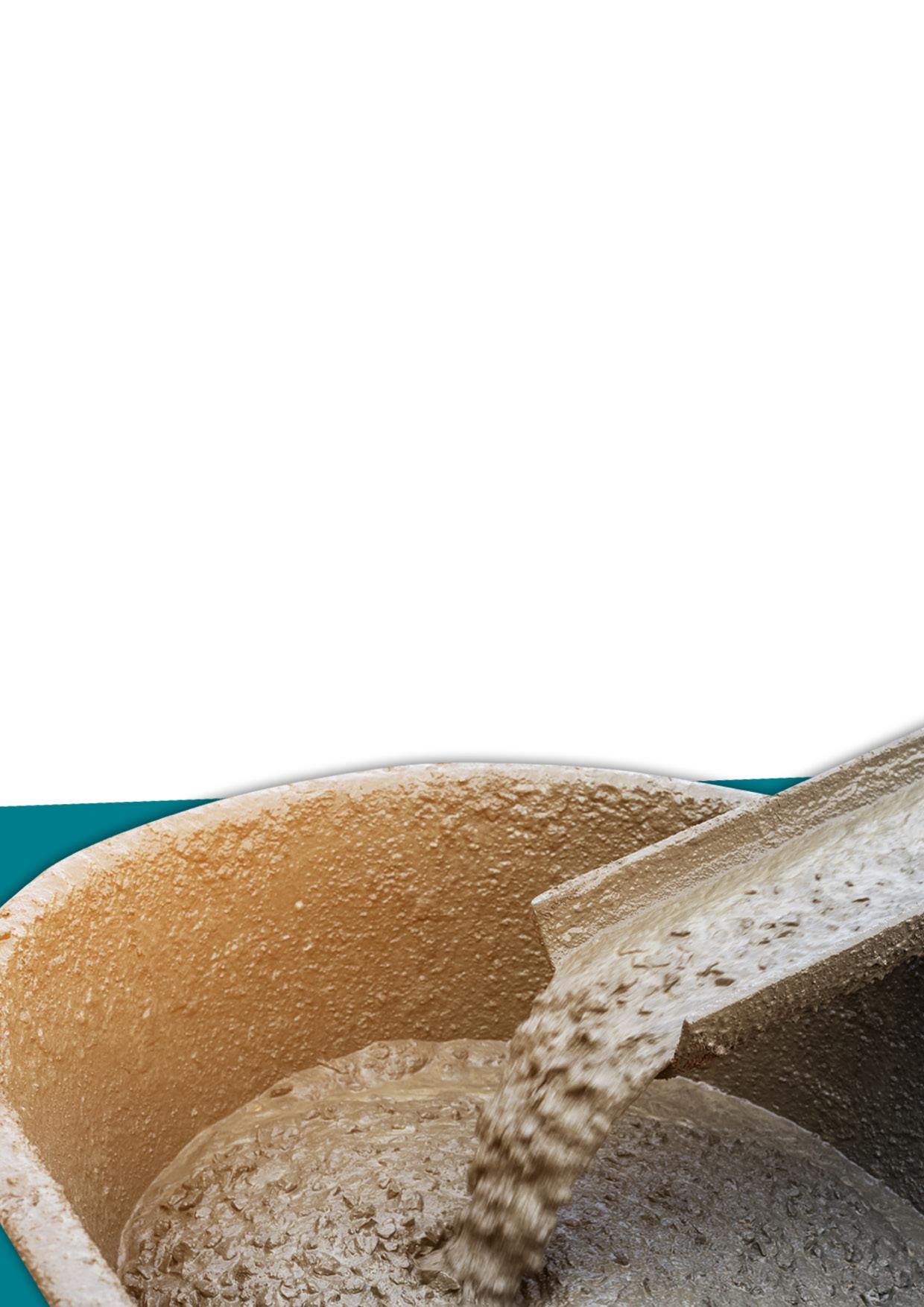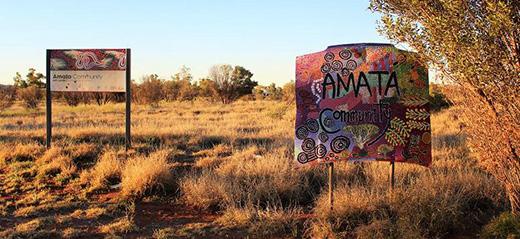INNOVATION & SUSTAINABILITY
FLY ASH IEA REPORT The International Energy Agency Clean Coal Centre has published a new report that expands on the growing market of coal fly ash. Beneficial Uses of Coal Fly Ash by Dr Ian Reid, Anne M Carpenter and Dr Alice Masili addresses the global shift in Coal Fly Ash (CFA) production and its increase in market value and importation demand for use across many sectors. At a cost at one third that of cement the report examines the commercial use of CFA and considers its economic and environmental advantages in various industrial applications. These include: • Construction and engineering materials: concrete, bricks, blocks and geopolymers. CFA substitution for cement reduces CO2 and enhances properties of final products containing CFA including reduced of microcracking due to thermal stress which leads to a longer lasting product that resists freeze-thaw erosion. • Agriculture: ash possessing low levels of contaminants is suitable for agricultural use, to improve key soil indicators such as carbon content, water retention and fertility. • Mineral extraction: The extraction of valuable elements (such as rare earths and germanium) from fly ash is significant to the renewable energy and aerospace industries, while fly ash can also be a source of aluminium. • Advanced materials: composites, ceramics, fillers, zeolites and proppants. Fly ash is increasingly applied in the manufacture of advanced composite materials to extend the material properties and replace valuable metals. Such as replacing aluminium to lower the weight in electric vehicles. Using CFA in diverse applications preserves resources, lowers material costs, builds more robust structures and significantly reduces pollutants and CO2 emissions – aligning with UN Sustainable Development Goals. Download Report Download Executive Summary
ADAA | DECEMBER 2020
07













